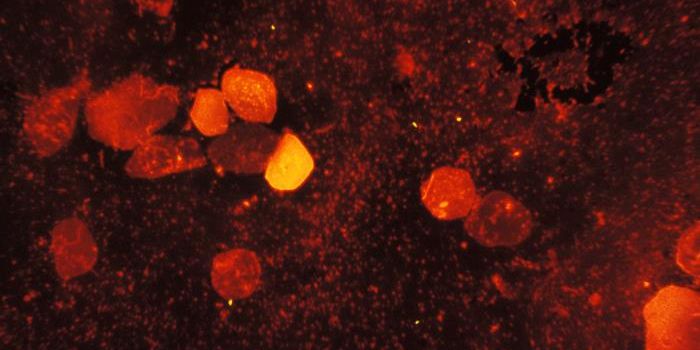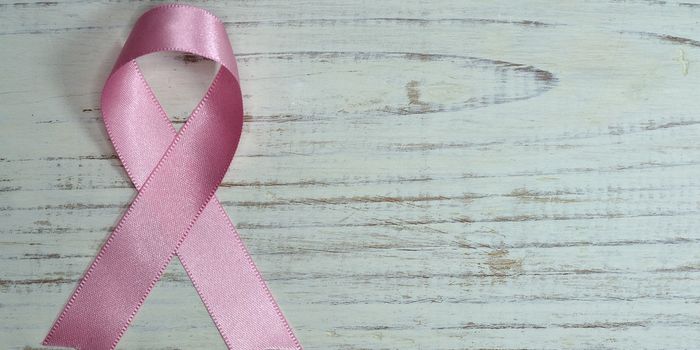As three-dimensional (3D) printing continues to gain momentum in the field of bioengineering, the challenge now is integrating the technology directly with patient care. Addressing this need, researchers from St Vincent's Hospital, Melbourne, Australia, designed a compact,
handheld 3D printing “Biopen” that can make cartilage implants during live operations.
Another innovation in the 3D printing Biopen is the ink it uses to print. Instead of synthetic polymers, the handheld device uses a bio-ink containing live human stem cells suspended in a gelatin-based hydrogel solution. As the “ink” is extruded, an ultraviolet light source cross-links the material, hardening it and enabling it to be surgically sculpted into 3D structures.
Remarkably, the research team reported high cell survivability, greater than 97 percent, after one week in live cultured experiments using human adipose stem cells. So far the bio-pen serves as a proof-of-concept; it has not yet been used in surgeries yet, but the research team is gearing up for this next, as the biggest advantage of the device is its application in live operation theaters.
In few instances in medical procedures are doctors able to use generic pre-printed structures as-is. Most often, the product has to be customized to fit the patient’s unique body plan and shape. This is especially true for artificial cartilage repair surgeries, where doctors can’t even fabricate a pre-printed structure prior to knowing the patient’s exact body geometry. Thus, a handheld printer could truly revolutionize the precision and speed of artificial cartilage implants.
With open surgery in mind, the research team made the device out of medical grade plastic and titanium. These materials make the Biopen lightweight and easy to handle, as well as easy to sterilize. Fitting in the one hand, the device seamlessly integrates into surgeries without disruption to doctors’ procedural flow.
“The Biopen described in this study paves the way for the use of 3D bioprinting during the surgical process,” the authors wrote. “The ability to directly control the deposition of regenerative scaffolds with or without the presence of live cells during the surgical process presents an exciting advance not only in the fields of cartilage and bone regeneration but also in other fields where tissue regeneration and replacement are critical.”
Additional source:
Science Daily









